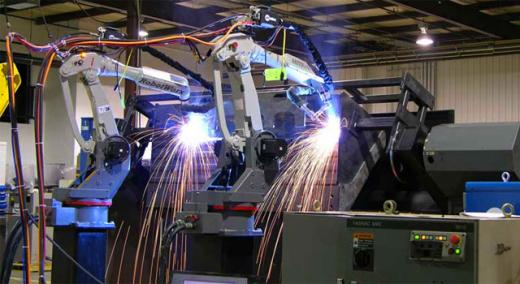Welding technology has progressed over the years, thanks to innovations that improve accuracy and overall productivity. Some advances have been in welding automation handled by advanced robots. Other breakthroughs rely on artificial intelligence (AI) and machine vision for better defect detection. Here’s a closer look at how those two technologies have helped the industry move forward.
|
ADVERTISEMENT |
Welding automation reduces human labor needs
One of the reasons for manufacturers’ interest in welding technology is that it could solve or at least ease labor shortages. According to the American Welding Society, more than 50 percent of human-created projects require some type of welding. Additionally, American Welding Society data forecast 400,000 unfilled welding jobs by 2024. Some analysts believe the shortage could surpass that figure.
Training programs make younger generations aware of their opportunities in welding roles. Such programs are good starts, but they won’t bring about an immediate change. AI-powered robots could assist with the deficit in the meantime.
…

Add new comment